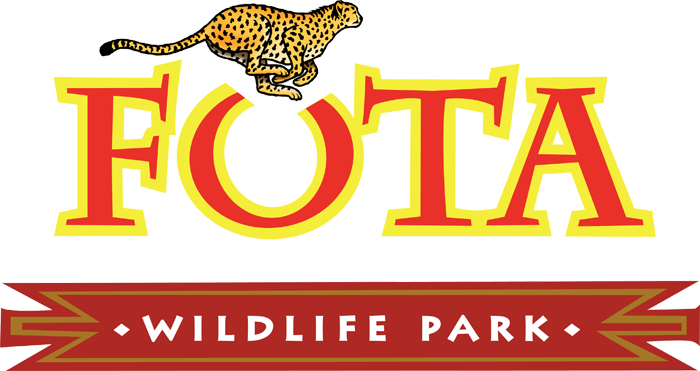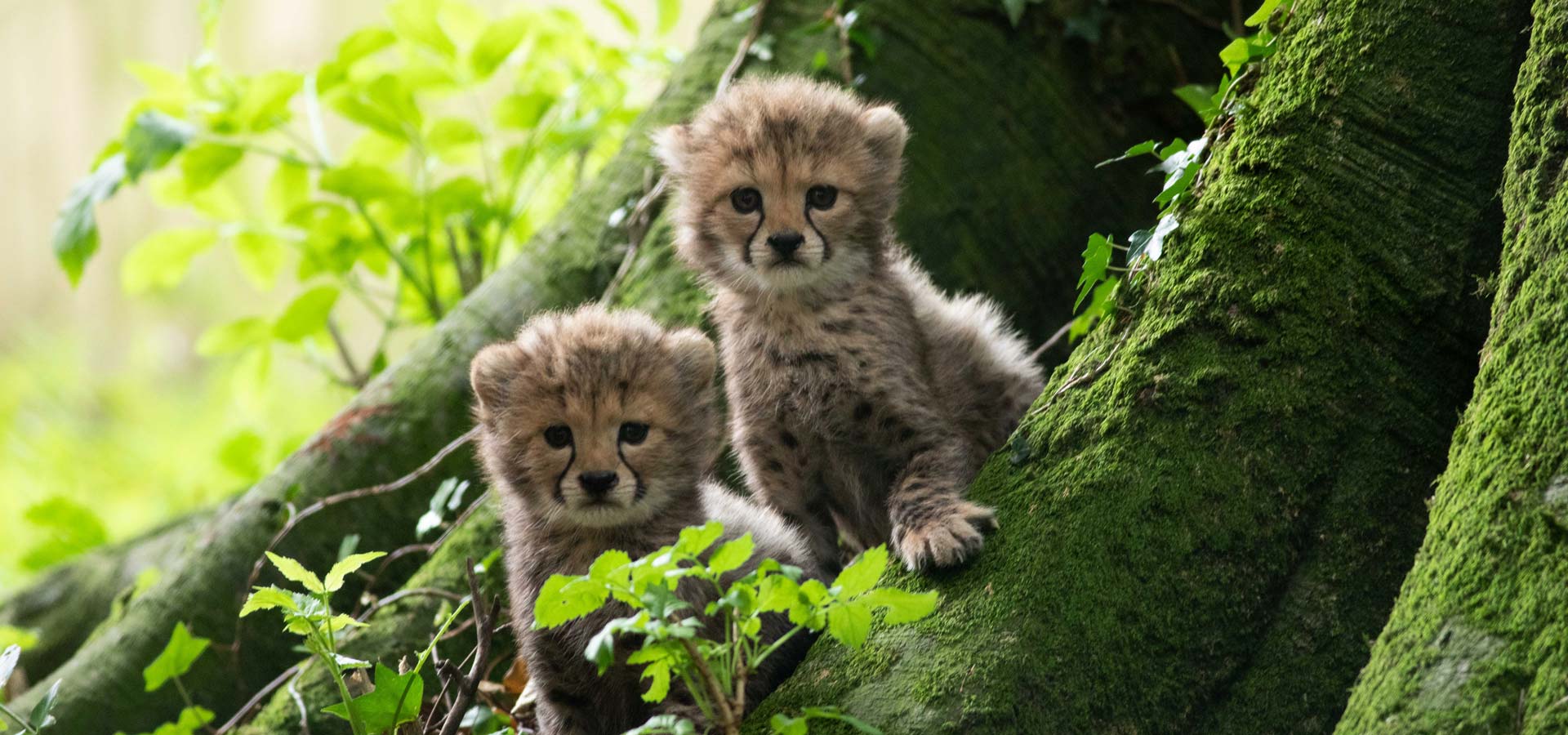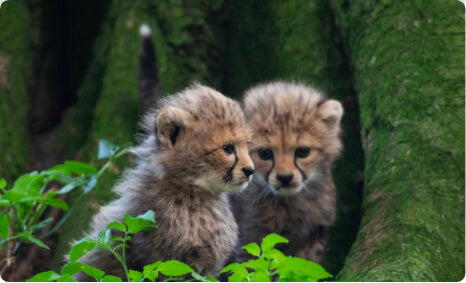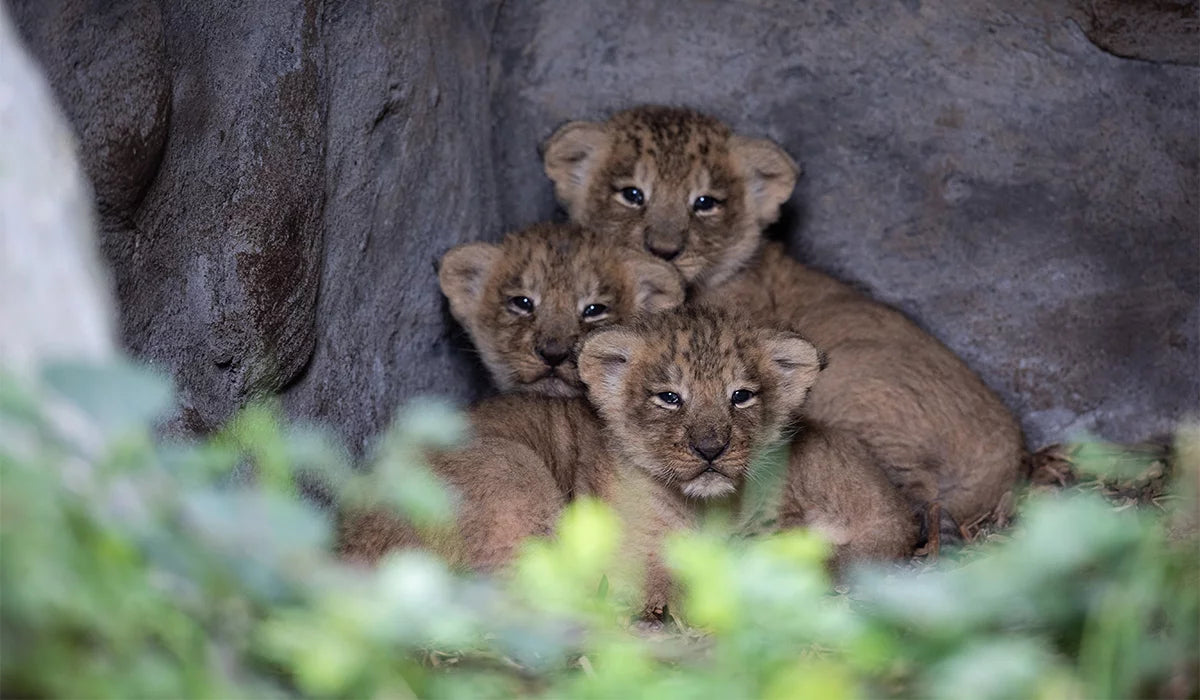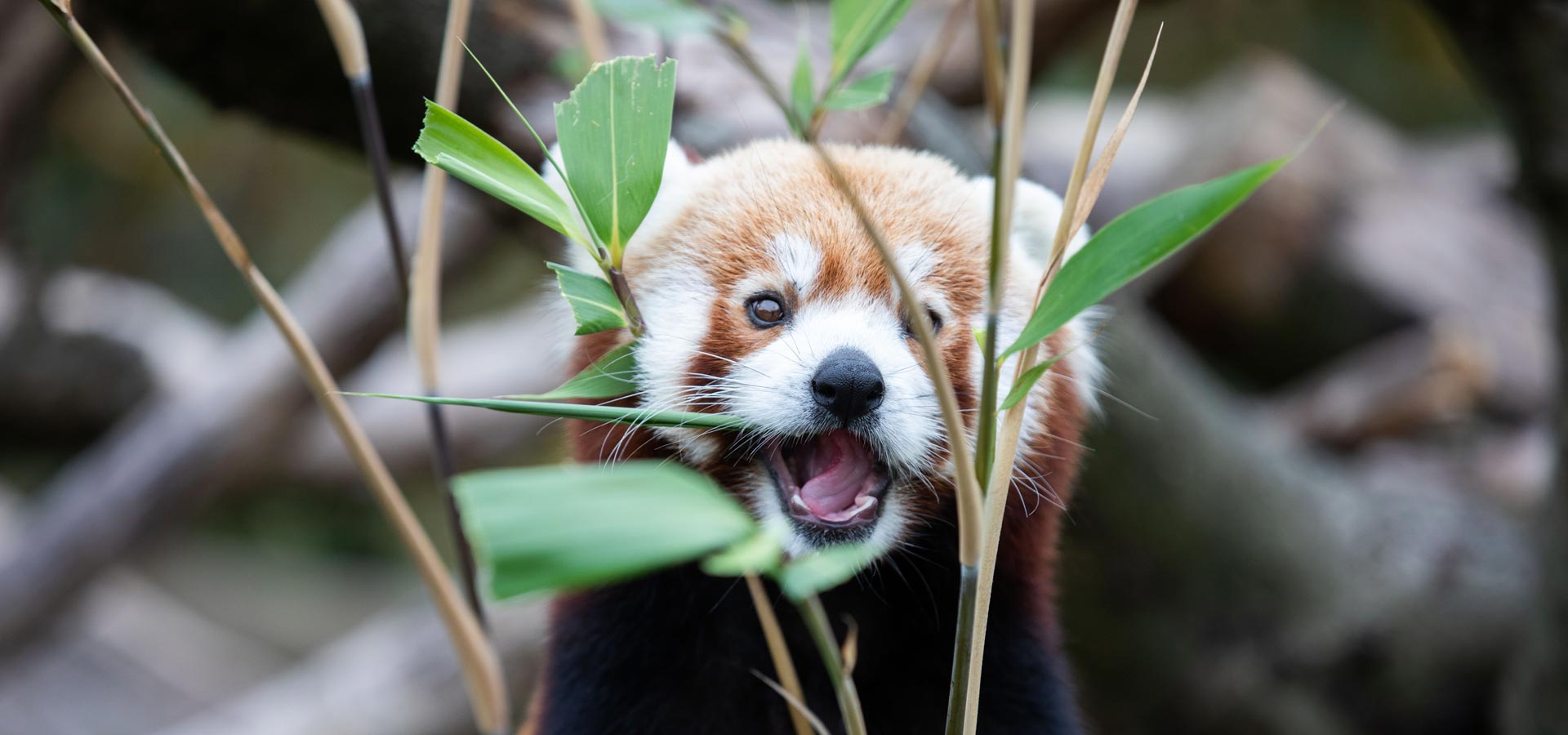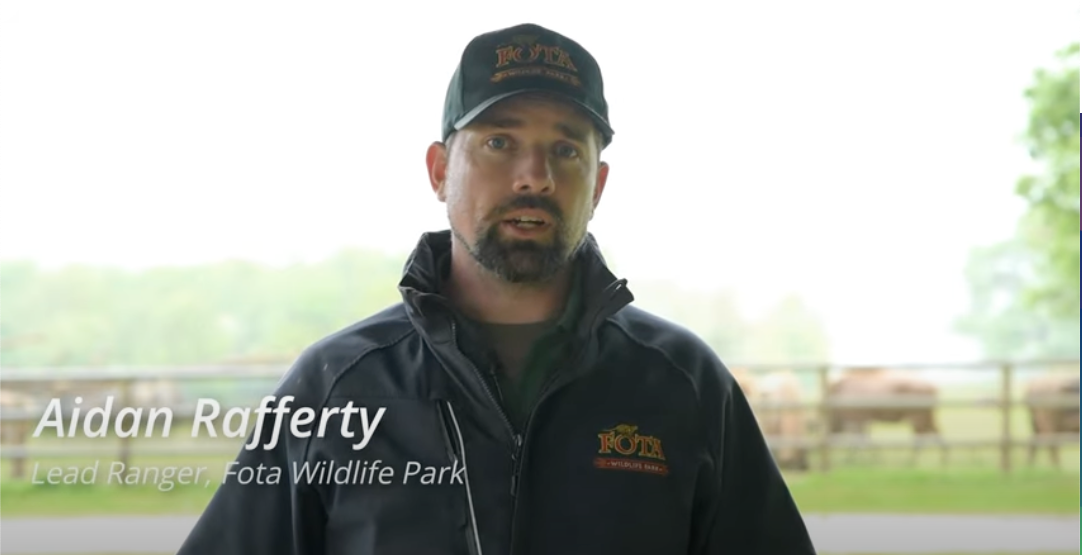
Fota Wildlife Conservation & Education
Fota Wildlife Conservation
Our objectives
Fota Wildlife Park cares for several different animal species in danger of extinction. Through long-established Breeding programmes, which are run cooperatively with other institutions around the world, the Park is helping restore populations of some species while protecting the very survival of others.
Conservation is something everyone can contribute to by re-telling our animals’ stories and making as many people aware of just how critical our efforts here in Ireland and further afield are.
As part of this effort, the Park is actively seeking to reduce its carbon footprint and introduced three Green Zones areas in order to promote and demonstrate sustainable recycling practices to visitors in June 2012.
Fota Wildlife Park is a not-for-profit conservation organisation which participates in the EAZA (European Association of Zoos and Aquaria) endangered breeding programmes and has been involved in the conservation and reintroduction of some species that are extinct or close to extinction in the wild such as the Scimitar-horned oryx as well as the European bison. Fota Wildlife Park, in cooperation with other European zoos and wildlife parks has
been reintroducing bison into the wild since around 2007 to mountainous regions in Europe, including Poland and Romania.
